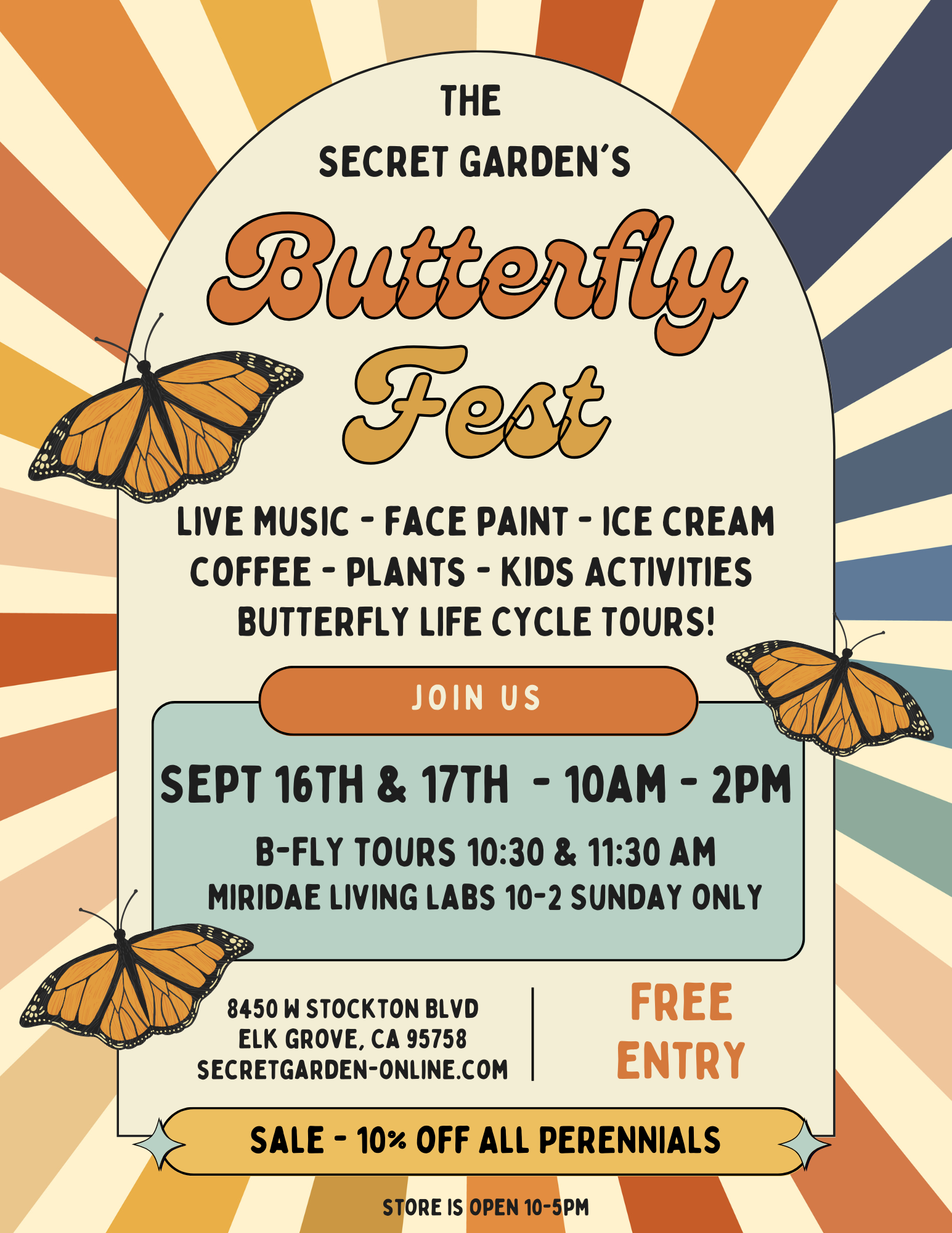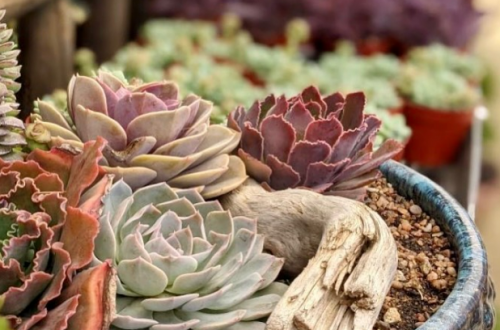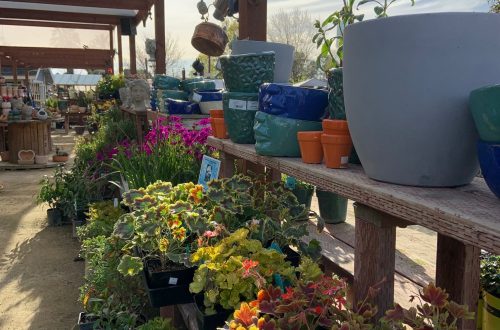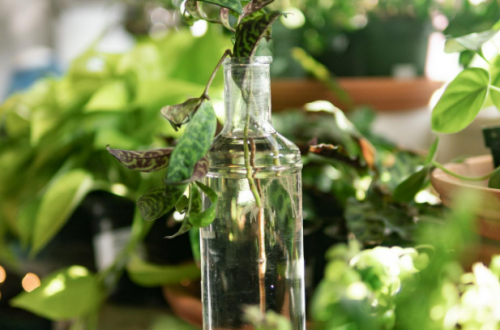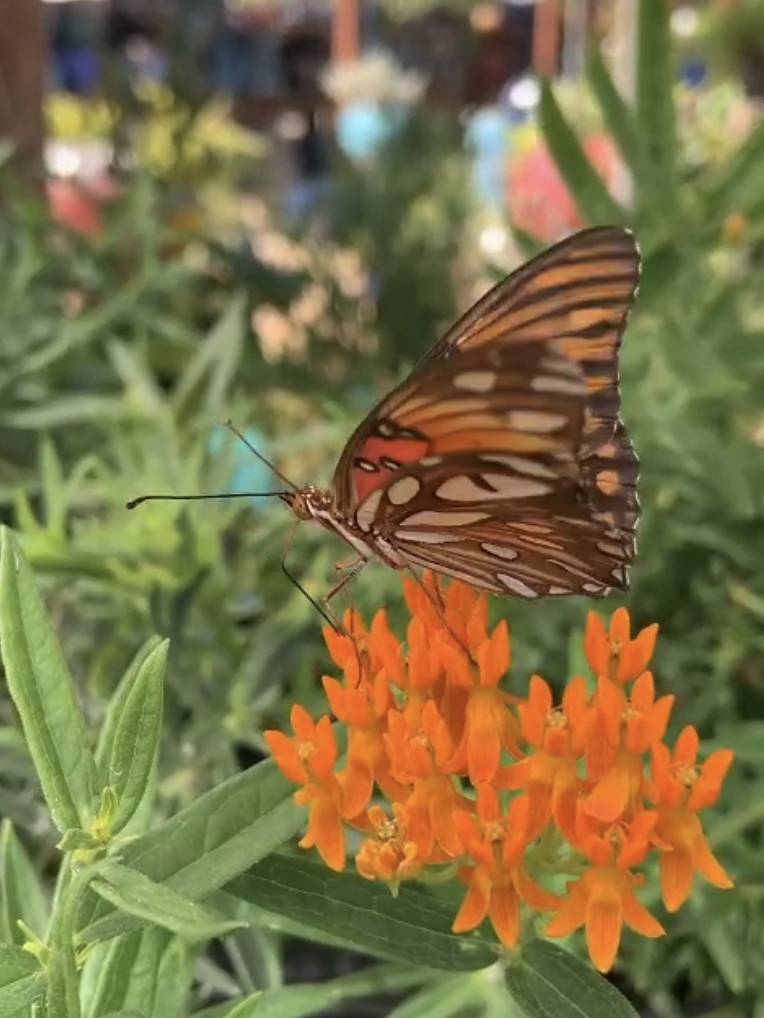
…and why you should.
A butterfly garden is the perfect way to create an environmentally friendly habitat in your very own outdoor space. While pollinators (like butterflies, hummingbirds and bees) are indeed beautiful to look at, they are also a key factor in sustaining ecological agriculture. Unfortunately, many pollinator species are becoming extinct due to habitat loss, pollution, and pesticide use. If this continues, the result will be a shortage of flowering plants and fresh produce – causing our own nutritional health to suffer. However, this is where you can make a difference. As a community, we have the ability to affect change by planting pollinator-friendly plants to enjoy in our own gardens and save the pollinators.
When to Plant
“We are entering into the best time to plant – Fall!”
Thankfully, we are entering into the best time to plant – Fall! The soil is still warm, allowing roots to secure themselves deep into the soil. The plants may go dormant and rest during winter, ready to grow stronger and healthier through the spring season. This allows them to fully establish themselves before the heat and stress of next summer.
What to Plant to Bring Butterflies
While a few pollinator loving plants will attract these stunning creatures to your butterfly garden, you must incorporate at least 4 to 5 host plants to sustain a population of ever-hungry caterpillars. Additionally, these are best grouped with other plants that nurture the adult butterfly diet. For example, when planting for monarchs, we encourage 4-5 of our 4” milkweed plants grouped together with marigolds and yarrow to assist with their complete life cycle. Similarly, for Gulf Fritillaries we encourage 2 passiflora caerulea planted together with lantana, clary sage, lavender and salvia.
Witnessing the Butterfly Life Cycle
The four stages of this cycle are known as the metamorphosis – a butterfly’s transformation from egg to larva, to pupa, and finally, to an adult. Eggs are laid on the leaves of host plants. After hatching, these caterpillars eat the leaves for weeks on end, shedding their skin several times as they grow. Once the feast is over, they hang upside-down to form the chrysalis. Inside this silk cocoon a stunning evolution takes place. Eventually, vibrant butterflies emerge… pollinating flowers and laying eggs for the next cycle.
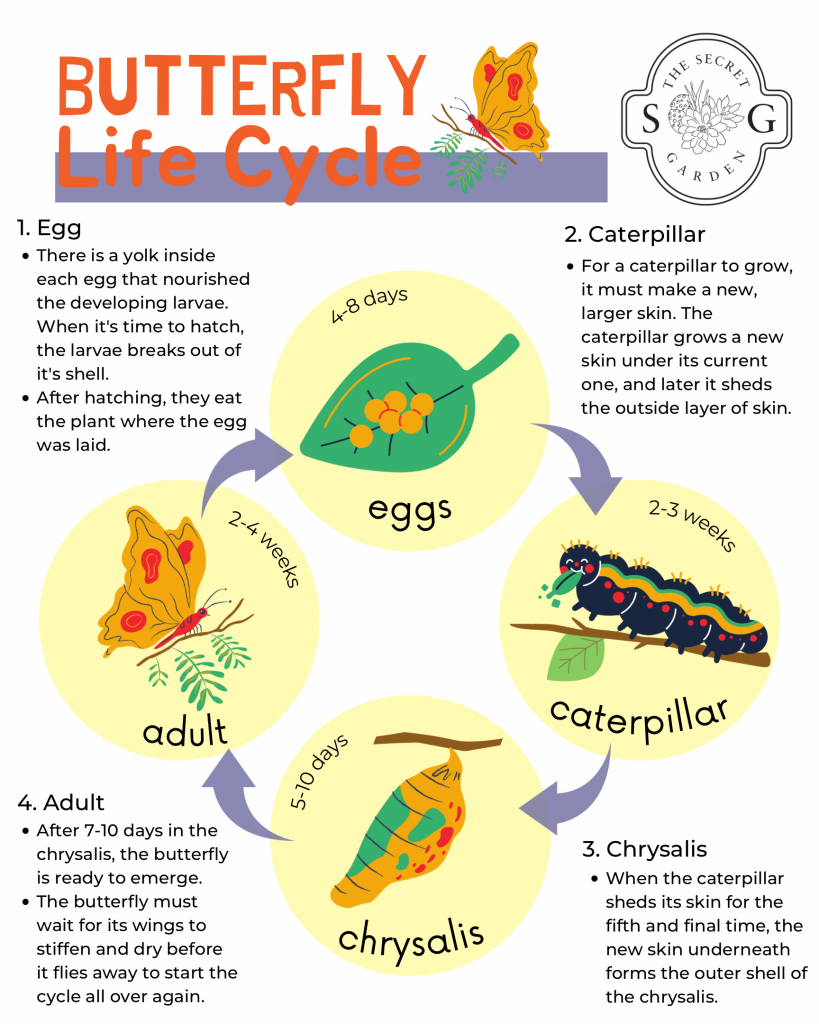
If you’ve ever wanted to see this miracle of nature for yourself, you can witness it right here at the Secret Garden! Every year, the passion vine scattered around our fences and gazebos attracts hundreds of migrating Gulf Fritillary butterflies stopping to pollinate and reproduce. We’ve noticed caterpillars typically start appearing in the garden during the late spring and turn to pupas in the later part of summer. Enjoy the beauty of each stage up close at our very own annual Butterfly Fest, from 10am to 2pm, September 16th and 17th. Walk through the garden with Jasmine on our life cycle tours both Saturday and Sunday at 10:30am and 11:30am to learn more about this important life cycle.
Our Favorite Pollinator Plants
In addition to garden tours, take advantage of our 10% off sale on all perennials. Purchase all your butterfly garden plants here with this great deal! Some of our recommended favorites include passion vine, lantana, yarrow, lavender and CA native narrowleaf milkweed for monarchs. Certain plants invite specific pollinators. For butterflies species, passion vine attracts Gulf Fritillaries and CA Native milkweed attracts monarchs. We offer these plants at affordable prices for individual selection or pre-packaged plant packs.
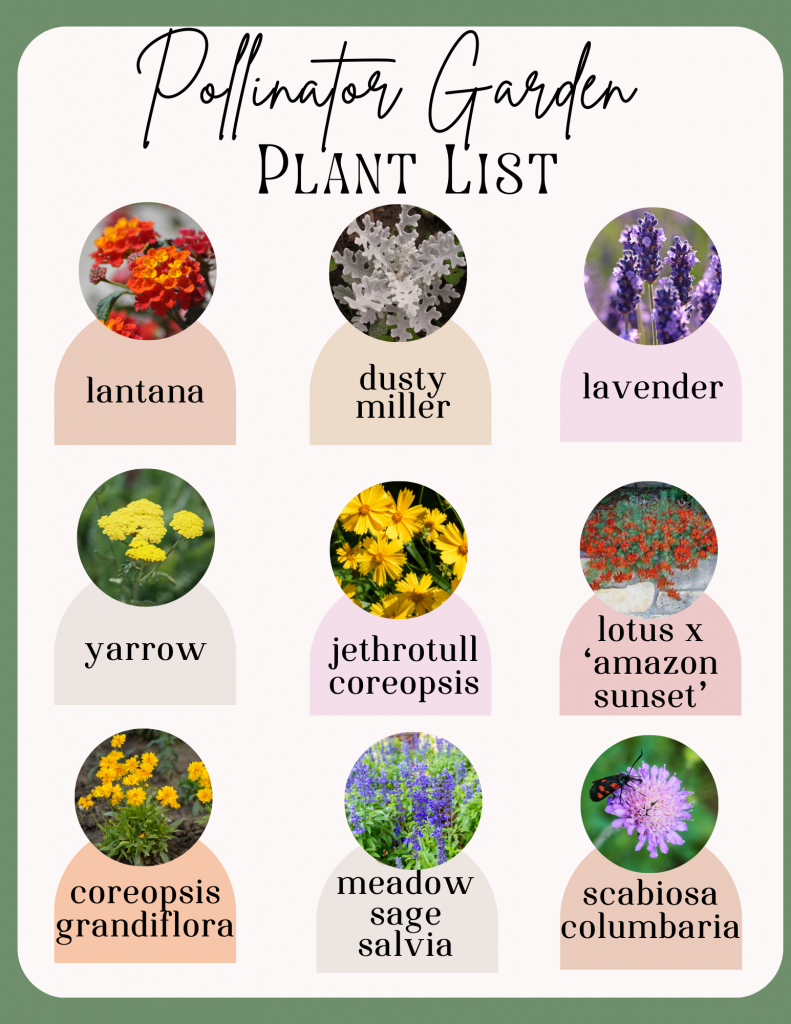
For $36.99, our Butterfly Packs include milkweed, lantana, blanket flower and echinacea. Additionally, our Anti-Mosquito Packs include citronella geranium, organic marigold, organic peppermint, and lantana.
On Sunday only, a local mobile nursery called Miridae Living Labs, will be here sharing their knowledge and selling CA native plants. We hope you join us in creating small-scale habitats for pollinators to thrive and continue pollinating the world around us, creating a more eco-friendly environment.
Whether you’re out with loved ones or on a solo date, this is a great opportunity to gather with the local community and explore the beauty butterflies have to offer. Our family-friendly environment cultivates a space of learning and wonder for children and parents alike. On Saturday only, listen to the peaceful strings of the Garden Strings Quartet live from 10:30-12:30pm as you stroll through the garden, and treat yourself to a scoop from Leatherby’s Creamery from 11:30-2pm. Both days will have kid’s activities – such as: face painting, a coloring station, and a new scavenger hunt, life cycle tours, and freshly brewed craft coffee served by Burnside Coffee Roasters.
This yearly fest is free to attend and will be running from 10am to 2pm. However, we’re still open our regular operating hours of 10am-5pm if you want to explore more plants, garden art and gifts that we carry. Located in Sacramento County, along Hwy 99 between the Sheldon and Cosumnes exits, our address is 8450 W Stockton Blvd, Elk Grove, CA 95758. Come on over and spend the weekend with us experiencing this incredible phenomenon!
Thank you to Courtney Giles for her excellent work on this post.


